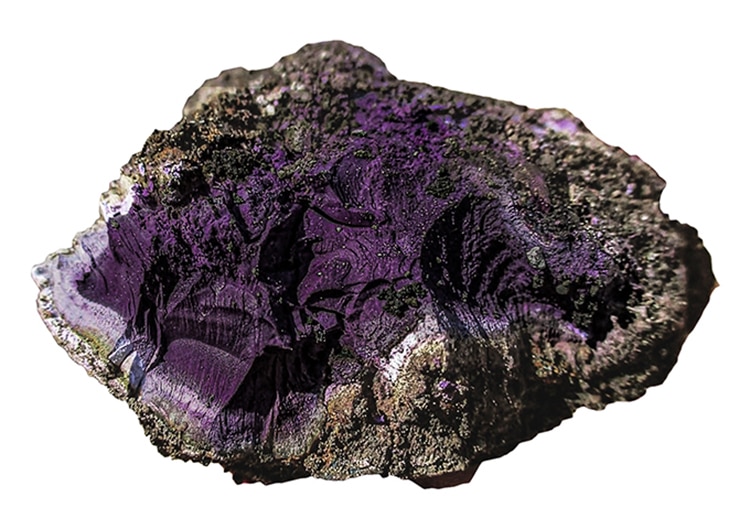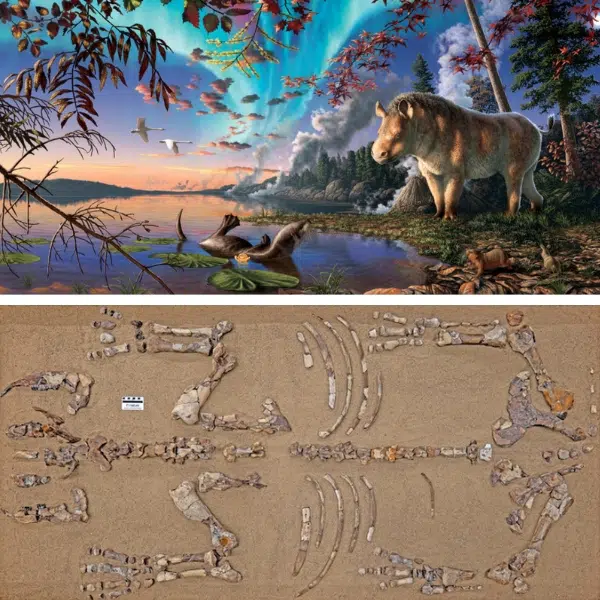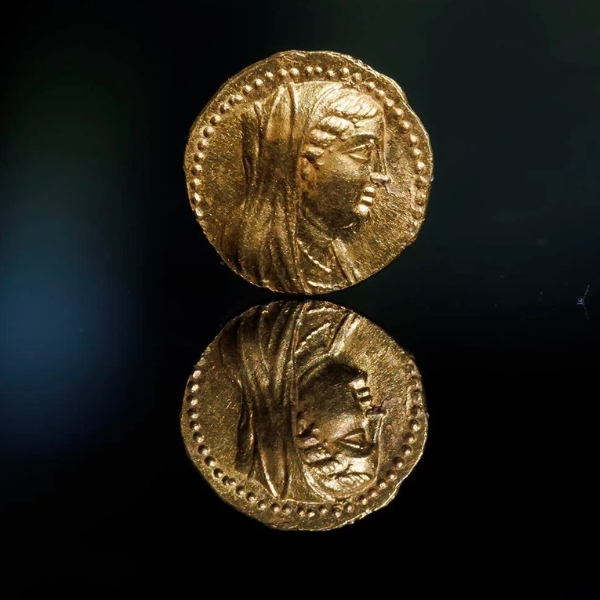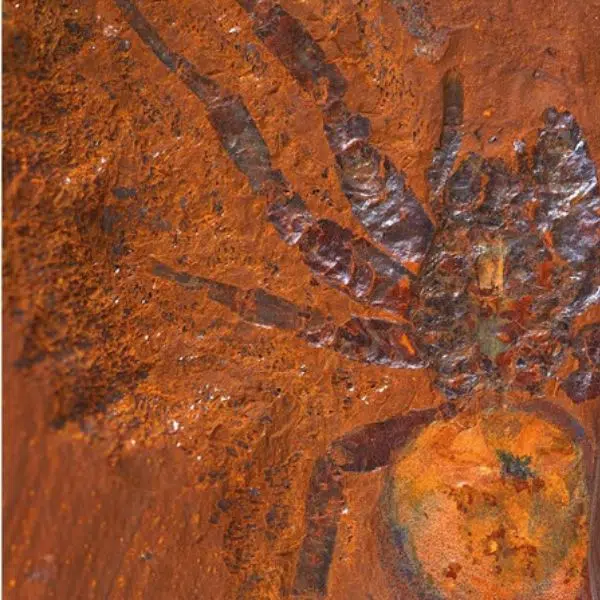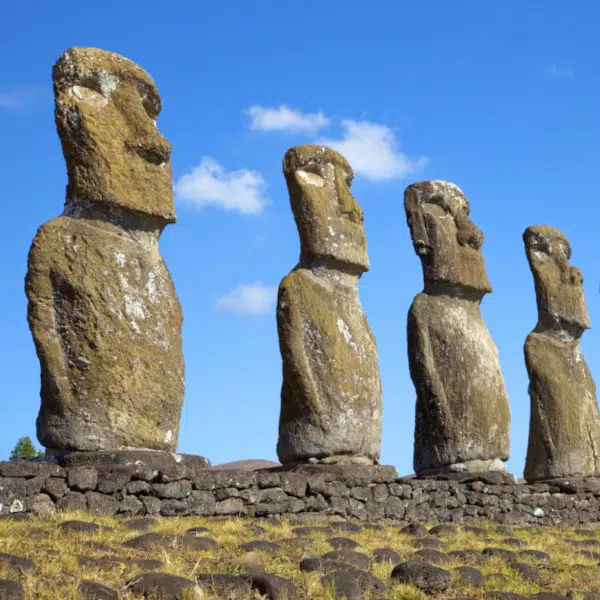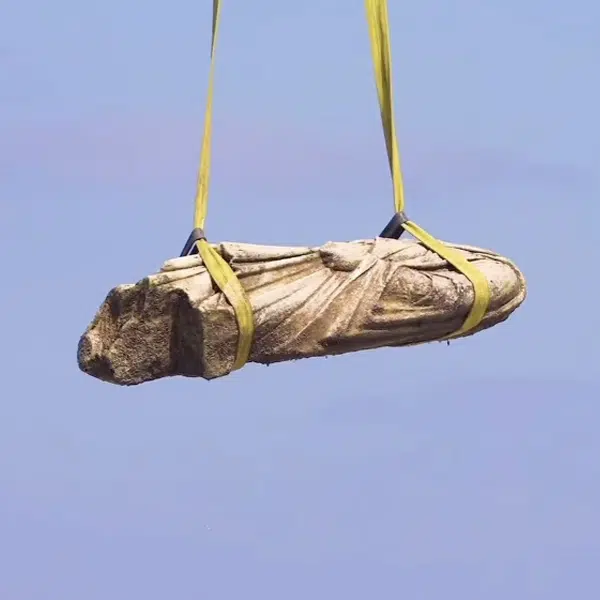Purple today is the color associated with resplendent royalty. This association has a long history. 2,000 years ago, Roman emperors donned the color to reflect their power and wealth, as purple was one of the rarest, most work-intensive dyes. Made from snails, a dye called Tyrian Purple was one of the most coveted substances in the Ancient Roman world. In a shocking discovery, in 2023, a team of archeologists in Carlisle in the north of England unearthed a lump of Tyrian Purple preserved for centuries in the drains of a third-century Roman bathhouse.
In the drains of the bathhouse, archeologists found several jewels carved in intaglio. They also discovered a strange lump with a soft organic interior. Testing revealed Bromine and beeswax, which is indicative of Tyrian Purple. Tyrian Purple was created by juicing snails of the Murex brandaris and Purpura haemostoma species.
According to the University of Chicago Library, it's “a complex process which involves extracting the liquid while the mollusk is still alive and exposing it to sunlight for a specified period of time, during which the dye changes color. It can take up to 12,000 mollusks to produce 1 gram of dye.” Roman emperors claimed proprietary use of the color, and it would have been available to few others due to expense. In fact, pound for pound it was more valuable than gold. The secret to making the rich hue was lost with the passing of the empire.
Frank Giecco of Wardell Armstrong, which is excavating the site, shares, “For millennia, Tyrian Purple was the world’s most expensive and sought after color. Its presence in Carlisle combined with other evidence from the excavation all strengthens the hypothesis that the building was in some way associated with the Imperial Court of the Emperor Septimius Severus, which was located in York and possibly relates to an Imperial visit to Carlisle.”
“It’s the only example we know of in Northern Europe—possibly the only example of a solid sample of the pigment in the form of unused paint pigment anywhere in the Roman Empire. Examples have been found of it in wall paintings (like in Pompeii), and some high-status painted coffins from the Roman province of Egypt.”
Since 2021, the “Uncovering Roman Carlisle” dig has been underway in the northern city, which lies alongside Hadrian's Wall. Hadrian's Wall is a UNESCO World Heritage site that served as the fortified northern border of the Roman Empire in Britain. The excavations resulted from a 2017 discovery of the remains of a bathhouse or mansion for Roman officials, which no one previously knew of.
Archeologists from Wardell Armstrong have since uncovered many signs of Roman life, including pottery and a stone carving dedicated to the Empress Julia Domna. Specifically, Julia Domna was married to Emperor Septimus Severus, an emperor who visited England militarily and died in York in 211 CE. The emperor's presence in the UK is thought to have possibly inspired the construction, or at least use, of the bathhouse.
Learn how Tyrian Purple was used in Ancient Rome and why it was so valuable.
h/t: [IFL Science]
Related Articles:
Ancient Rock Art Depicts Psychedelic Music and Dance in Peru
250-Year-Old Bottled Cherries Discovered at Mount Vernon
Discover the Hallaton Helmet, a Newly Restored Piece of Ancient Roman Armor
Child Playing in a Sandbox Discovers Ancient Roman Coin Buried Within
